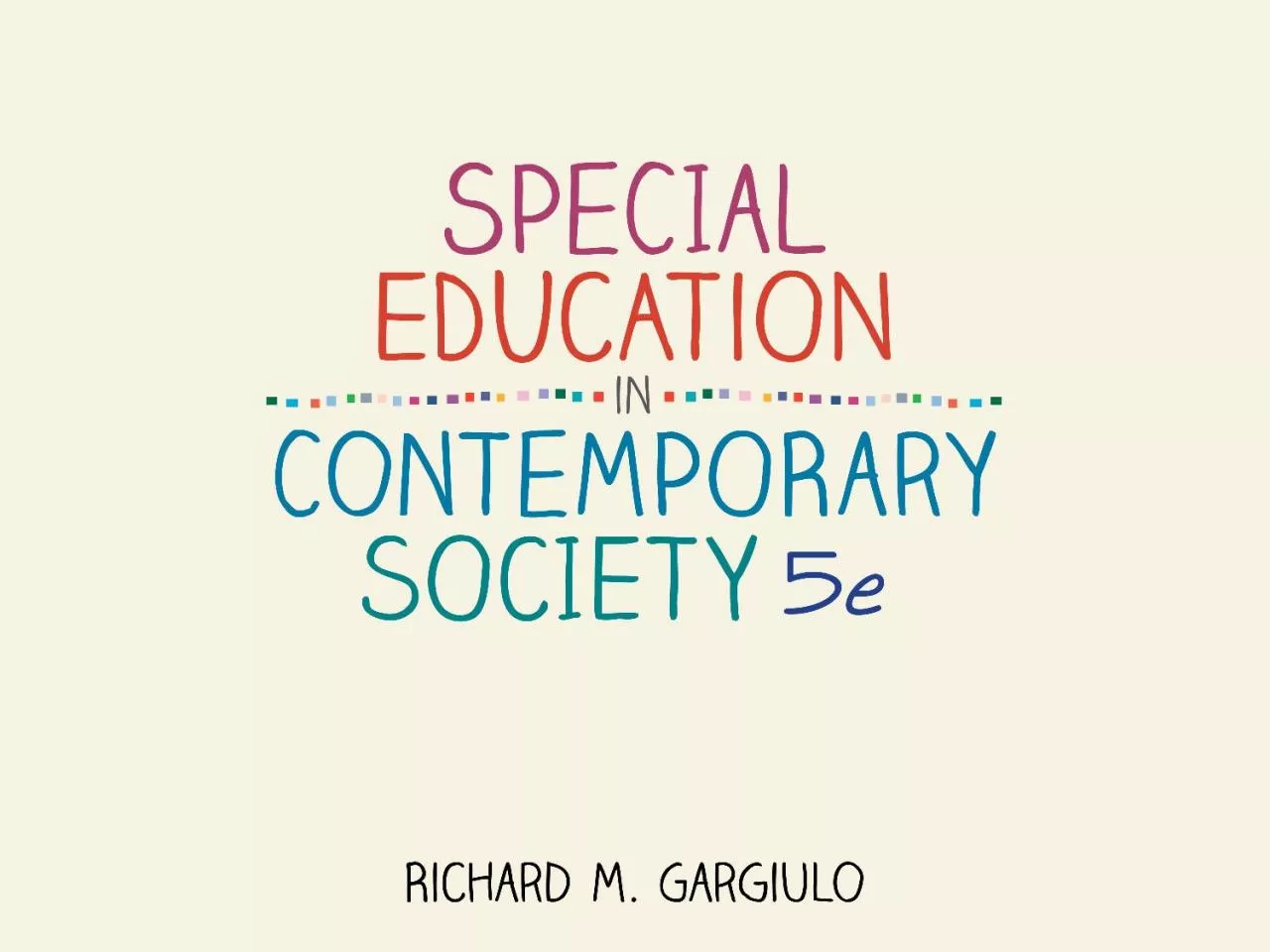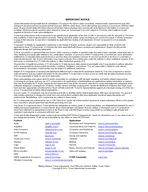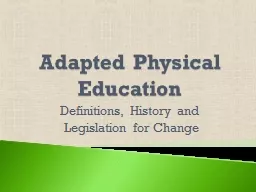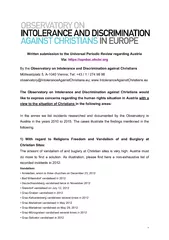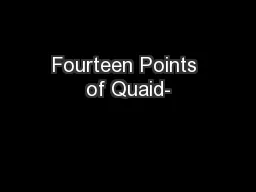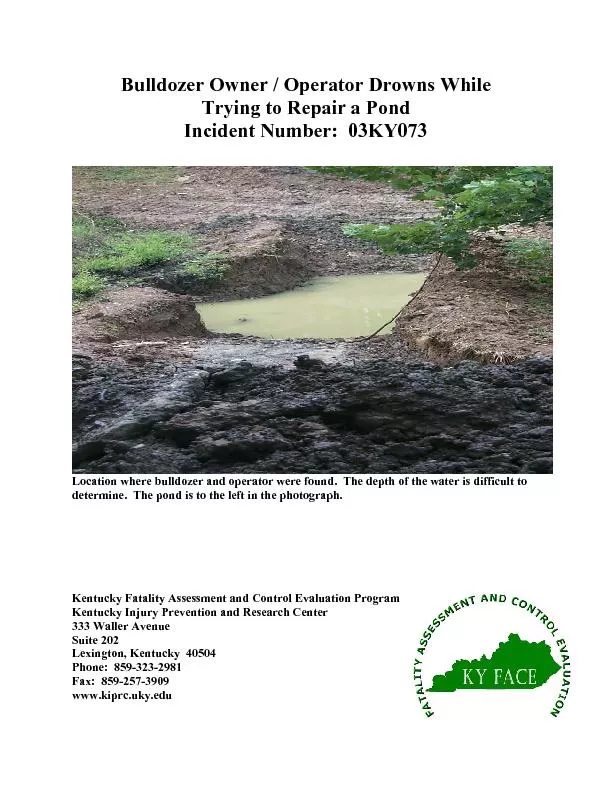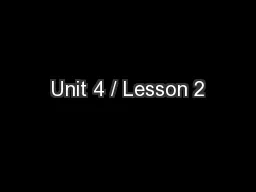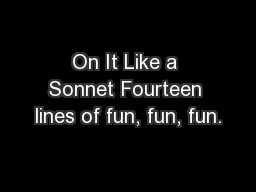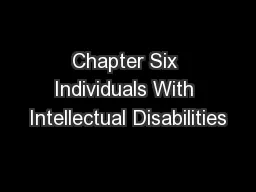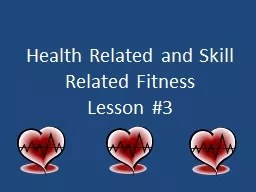PPT-Chapter Fourteen Individuals With Physical Disabilities, Health Disabilities, and Related
Author : roy | Published Date : 2022-06-15
3 4 Brief History of the Field Brief History of the Field Early history Babies were often left to die if they were physically defective Middle Ages Religious influences
Presentation Embed Code
Download Presentation
Download Presentation The PPT/PDF document "Chapter Fourteen Individuals With Physic..." is the property of its rightful owner. Permission is granted to download and print the materials on this website for personal, non-commercial use only, and to display it on your personal computer provided you do not modify the materials and that you retain all copyright notices contained in the materials. By downloading content from our website, you accept the terms of this agreement.
Chapter Fourteen Individuals With Physical Disabilities, Health Disabilities, and Related: Transcript
Download Rules Of Document
"Chapter Fourteen Individuals With Physical Disabilities, Health Disabilities, and Related"The content belongs to its owner. You may download and print it for personal use, without modification, and keep all copyright notices. By downloading, you agree to these terms.
Related Documents

